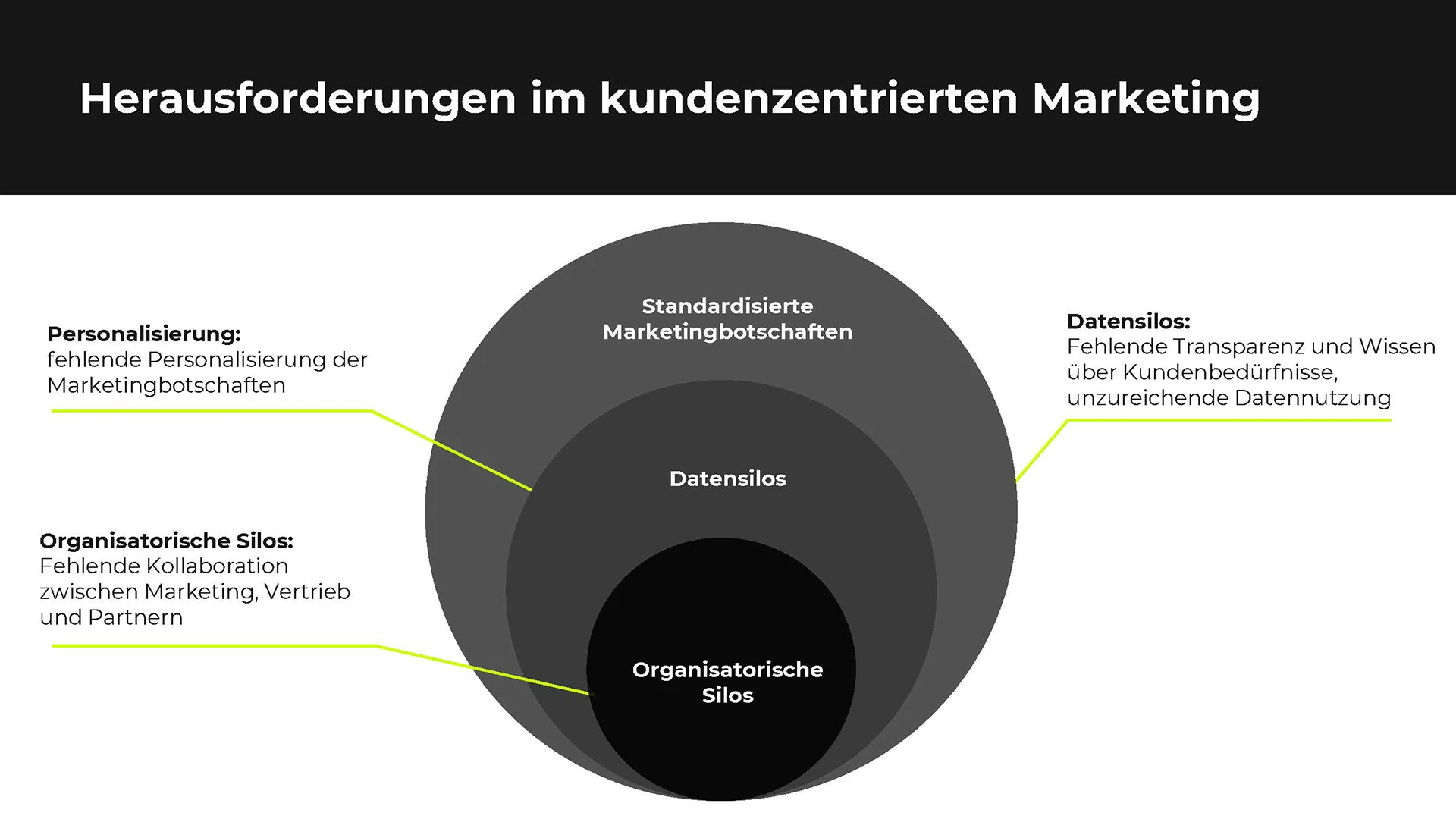What exactly is customer-centric marketing?
Customer centricity in marketing is a marketing strategy in which the needs, expectations and experiences of customers are placed at the center of all marketing decisions. Instead of focusing exclusively on the product or company, the aim is to tailor content, offers and communication measures to the wishes of the target group. Instead of pure advertising messages, the focus is therefore on the added value for the customer. This shapes the brand in the long term and builds trust.

.svg)



